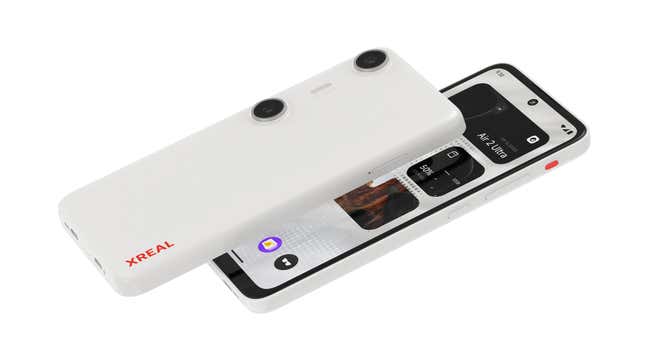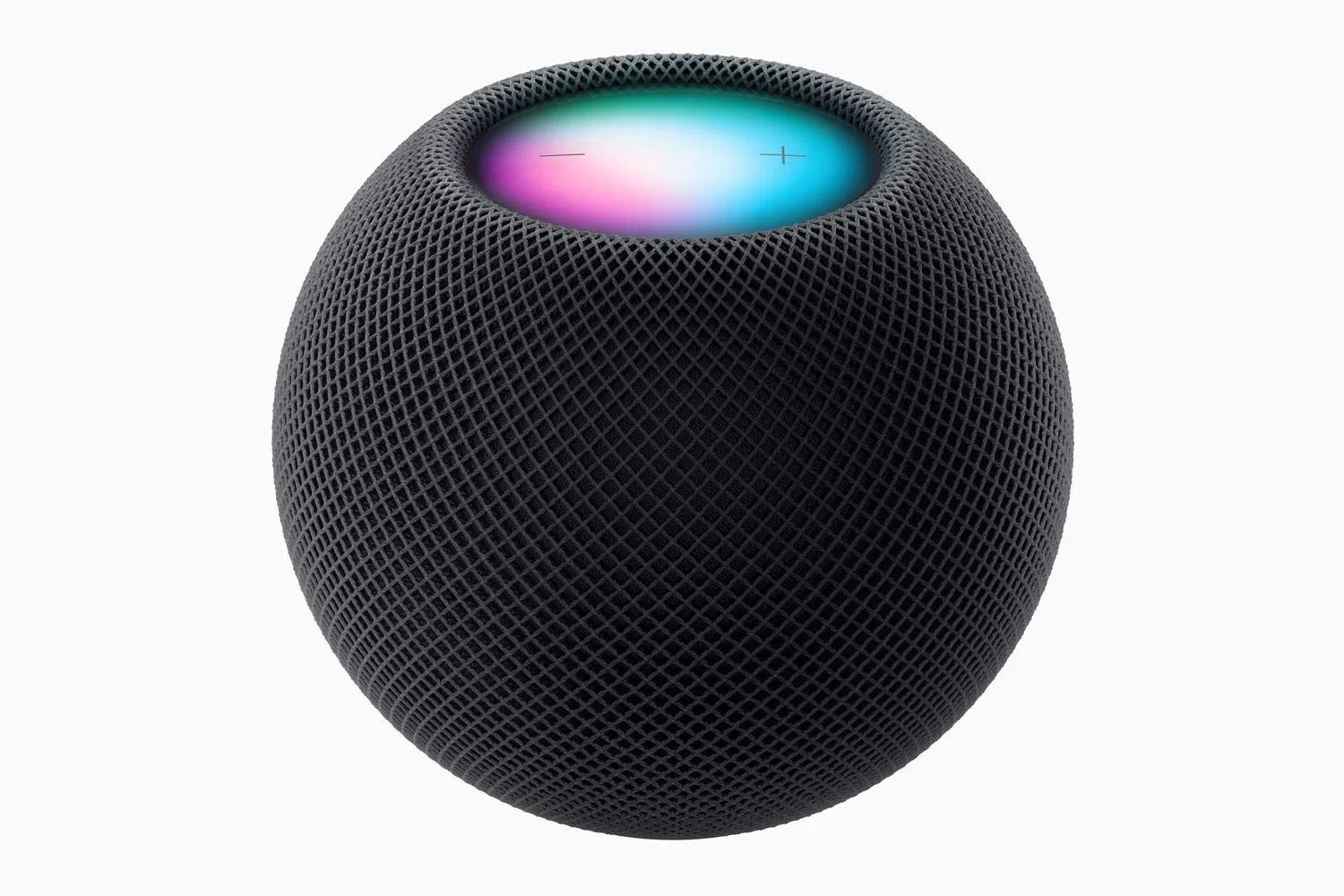We’ve already seen companies try for a laptop alternative using AR glasses as a screen with the Spacetop G1. So why don’t we have a phone made explicitly for AR? Well, AR glasses maker XReal has decided to unleash something phone-like. It will run your usual slate of Android apps. It will even take photos and video with two—I repeat: two—50 MP cameras. But it’s not a phone, even if it looks like one.
The $200 Beam Pro is technically a sequel to XReal’s 2023 Beaman adapter device that allows access to your usual slate of apps on the company’s AR glasses, like the most recent XReal Air 2 Pro and Air 2 Ultra.
This new design has a screen, specifically a 2K, 6.5-inch LCD touch display. The China-based company noted, “The average user will instantly recognize the smartphone-like form factor.” So don’t feel bad if every time you glance at the images, you immediately think “phone.” It’s more of an ultra-small tablet than anything. The Beam Pro runs Android 14, and its home screen has an unmistakable Android look. XReal’s NebulaOS runs on top of Android to facilitate AR capabilities.

Altered reality glasses are still in their awkward teen years. They’re still finding themselves trading one outfit for another and throwing shit at the wall until something sticks. This latest design seems like an attempt to upset mom by leaving the house in punk rock, thrift store threads. The phone is supposed to support streaming specifically. There’s specific support for Netflix and other movie streaming servicesas well as the current slate of game streamers like Xbox Game Pass. The not-phone has two USB-C ports, one to accept up to 27 W of fast charging and another to plug your XReal glasses into.
The NebulaOS is supposed to run the 2D apps in the 3D environment, whether in 3 degrees of freedom (DoF) or 6 (which also includes depth). The app mirroring on the glasses is controllable with the Beam Pro by either the touch controls or the Vision Pro-like pinch controls of the Air 2 Ultra.
As you can already tell with that relatively low-bar display and lack of ports, this isn’t meant for anything but use with AR glasses. It’s running on a Qualcomm Snapdragon Spatial Companion Processor and getting a boost with Nvidia’s CloudXR platform to help run AR apps off-device. Otherwise, it’s packing just 6 GB of RAM and 128 GB of memory at its base price. For $250, you’ll get 8 GB of memory and 256 GB of storage. It supports WiFi 6, and certain future models will also support 5G.
The two cameras mainly take “spatial video,” popularized by Apple’s $3,500 headset and iPhone 15. They support recording at 1080p and 60 FPS. The iPhone 15 Pro records its spatial video at the exact resolution but 30 FPS in SDR. Of course, that’s ignoring all of Apple’s photo algorithms that help record quality images. We’d have to take it for a spin to see if the spatial recordings on Beam Pro are comparable.
At $200, the Beam Pro initially seems like an obvious get for those who’ve already jumped on the AR train. Unfortunately, the train hasn’t made that much progress outside the station. XReal’s AR glasses still demand a wired connection, which hampers their true portability. And even if you ignore the wobbly AR-supporting software, the whole kit and kaboodle will still set you back up to $700 for the Air 2 Ultra. At that price, it still costs too much to be on the bleeding edge of AR.






